FORCE MAIN ASSESSMENT SOLVED.
Force mains, also known as rising mains, make up a small percentage of most wastewater collection systems. However, failures on these critical pipelines have high social, environmental, and financial impacts. Fortunately, most force main failures are preventable. Utilities can protect their communities by assessing these pipelines and addressing problem areas.
Today, inspecting force mains is easier and more cost-effective than ever. Utilities can leverage advanced technology to assess force mains without removing them from service. Using a data-driven approach to force main management, utilities can reduce high consequence failures, decrease capital expenditures, and increase confidence in the operation of their buried infrastructure.
PINPOINT PROBLEM AREAS.
Force mains rarely deteriorate uniformly along the entire pipeline. Only about 4% of inspected pipes show indicators of distress. Pinpointing these problem areas enables utilities to make precise repairs. Using this approach, utilities around the world are getting more life out of their critical force mains for about 5-15% of full replacement costs.
![]()
![]()
PROTECT YOUR COMMUNITY.
Force main failures hit a community hard. They can release a large amount of wastewater into the environment. Optimizing system control reduces the liability of aging force mains. Condition assessment empowers utilities to act before a pipe fails. Planned repairs are significantly less disruptive and less expensive than a failure.
UNLOCK SUPERIOR INSIGHTS.
Inspecting force mains is the best way to understand their true condition and identify threats. With a clear picture of force main condition and risk, utilities achieve greater confidence in the overall operation of their system. This translates to greater customer and community assurance.
![]()
LEADERS IN CRITICAL PIPELINE ASSESSMENT.
Force mains are far more difficult to assess than gravity sewers. Inspecting these challenging pipelines requires versatile tools and an experienced team. Pure Technologies, a Xylem brand is a leader in pressure pipe condition assessment. We have assessed more than 1,000 miles (1,600 km) of force mains with our innovative inspection platforms. For more than 20 years, we have partnered with utilities around the world to advance safe, affordable pipeline management. This experience ensures professional inspection delivery, actionable data, and defensible pipeline management recommendations.
SHIFT FROM REACTIVE TO PROACTIVE.
Despite the high consequence of failure, utilities have traditionally taken a reactive approach to managing force mains. Today, utilities can gather high-resolution data on their force mains without significant operational effort. Condition assessment empowers proactive pipeline management. This means utilities can get ahead of failures, plan short-term repairs, and take a more strategic approach to long-term capital planning.
WHY ASSESS CRITICAL FORCE MAINS?
- Reduce expensive failures that threaten public health, the environment, and the utility’s reputation
- Enable proactive, planned pipe repairs that reduce disruption and save ratepayer dollars
- Extend limited capital budgets by maximizing the useful life of force mains
- Mitigate risk by improving system control, assessing pipe condition, and prioritizing repairs
- Improve system performance and increase public confidence
- Optimize operational expenditures by shifting from reactive O&M to proactive planning
BALANCE RISK REDUCTION AND COST.
A critical force main in Missouri failed on a national holiday. The pipeline was less than 20 years old. Using inline inspection technologies, the utility assessed this non-redundant pipeline without removing it from service. The inspection pinpointed areas requiring immediate attention and identified pipe sections with many years of remaining life.
Reducing risk is the goal of most force main management programs. Evaluating consequence of failure guides which pipelines to inspect and what techniques to use. Condition assessment determines likelihood of failure. Together, consequence and likelihood of failure create a clear picture of risk that informs short- and long-term management decisions. Pure Technologies offers different levels of assessment to help utilities balance risk reduction, pipeline integrity, and cost. Learn more about our tailored force main management approach.
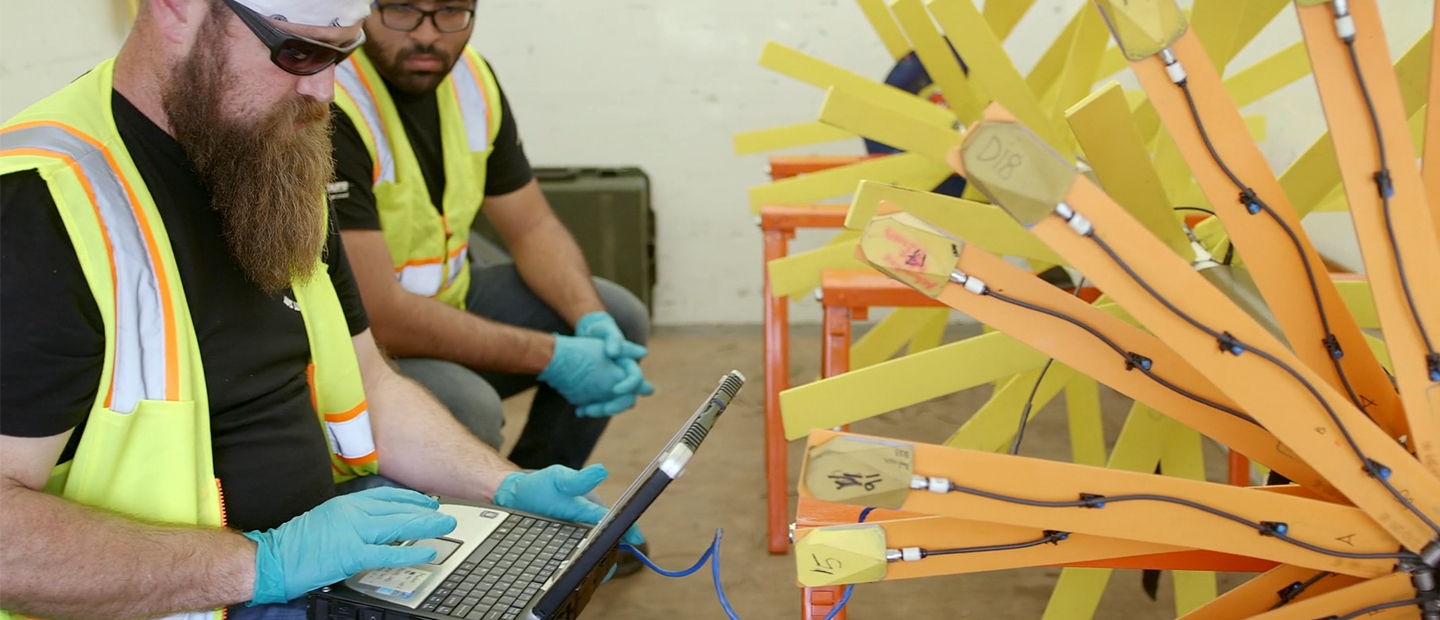
FIVE STEPS TO PROACTIVE PIPELINE MANAGEMENT.
Force main failures typically result from a combination of localized threats. Identifying and addressing these areas of concern can be a cost-effective strategy for extending force main life. Pure Technologies offers a suite of services that target common force main failure modes. Our approach can be applied to a single pipeline of concern or tailored to a system-wide program. Take the five steps below to identify which pipes and valves require repair or replacement and which can continue operating safely in their current condition.
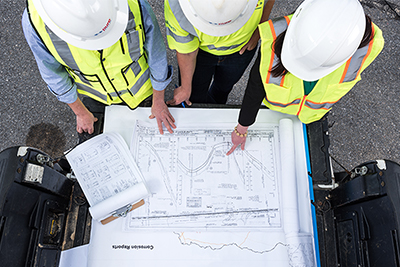
STEP 1
RISK ASSESSMENT
As risk increases, so does the value of a comprehensive assessment. We help utilities review existing data, conduct a preliminary risk assessment, and identify information gaps to determine the best approach for each asset.
STEP 2
IMPROVE SYSTEM CONTROL
Assessing and rehabilitating critical valves reduces emergency response time and consequence of failure. Working valves also benefit from routine pipeline maintenance and inline inspections. Learn how to regain control of your critical valves.
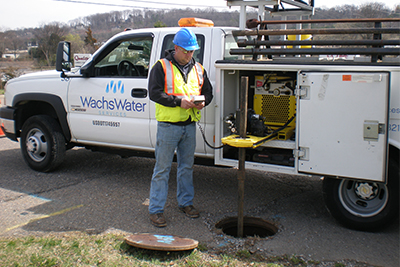
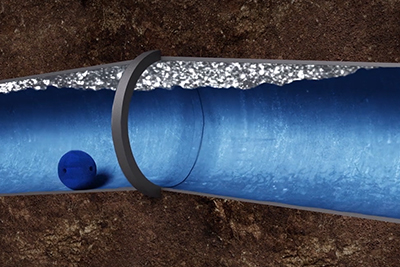
STEP 3
GAS POCKET DETECTION
Internal hydrogen sulfide corrosion is a leading cause of force main failure and starts when a gas pocket forms in the pipeline. Inline acoustic technology can accurately locate gas pockets without removing a force main from service.
STEP 4
PIPE WALL INSPECTION
Assess the structural condition of the pipe wall. Our inline, electromagnetic inspection technology accurately pinpoints areas of distress in metallic and concrete force mains without disrupting service.
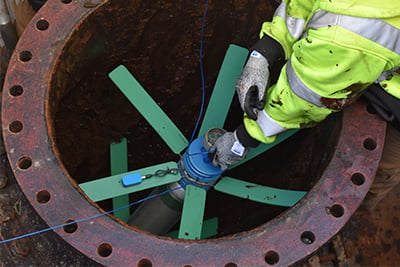

STEP 5
ADVANCED ANALYSIS
Analysis transforms force main condition data into actionable insights. Engineering analyses can predict how pipes degrade over time to guide long-term decisions about when to repair, reinspect, or replace a pipe.
FORCE MAIN MANAGEMENT TOOLBOX

LEAK & GAS POCKET DETECTION
Gas pockets can cause pipe wall degradation in force mains. Leaks release wastewater into the environment and can also lead to pipe failure. The acoustic SmartBall® platform pinpoints leaks and gas pockets and maps pipelines without disrupting service. This free-swimming tool excels at long-distance force main inspections and is easy to deploy through existing pipeline features.
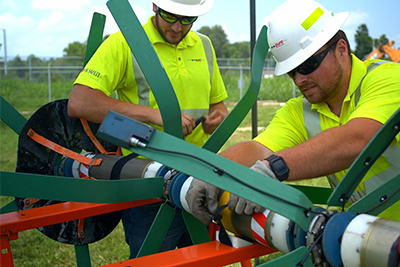
INLINE WALL ASSESSMENT
Assess pipe wall condition using the free-swimming PipeDiver® platform. Using nondestructive electromagnetic technology, this tool identifies and locates pipe wall distress in metallic and concrete force mains. The flexible PipeDiver platform is ideal for inspecting critical force mains that cannot be removed from service. The tool is easy to deploy and covers long inspection distances.
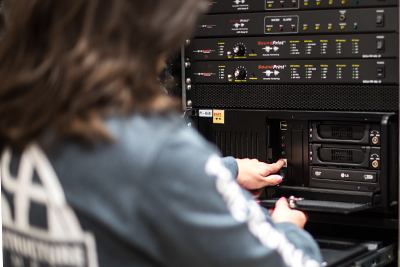
PIPELINE MONITORING
Pressure transients increase pipe deterioration and can result in failure, particularly where a force main is already weak. Pressure monitoring adds significant value to condition assessment. In PCCP force mains, utilities can also continuously monitor for wire breaks — the primary sign of deterioration in this pipe material. SoundPrint® AFO alerts utilities to wire breaks in near real time to prevent pipe failures.




